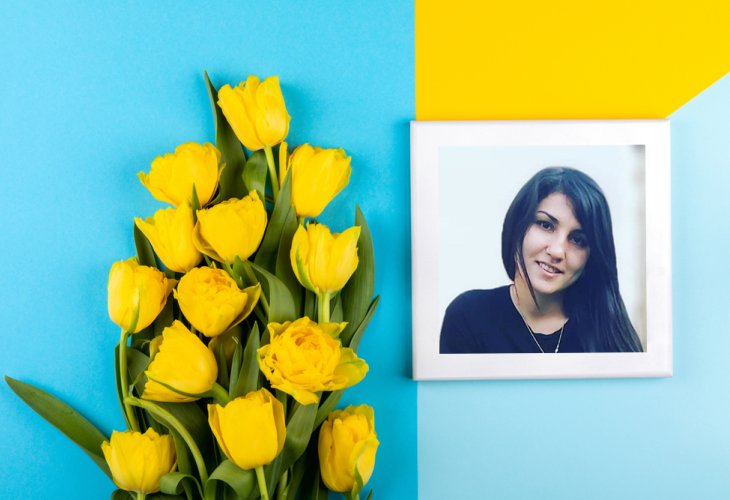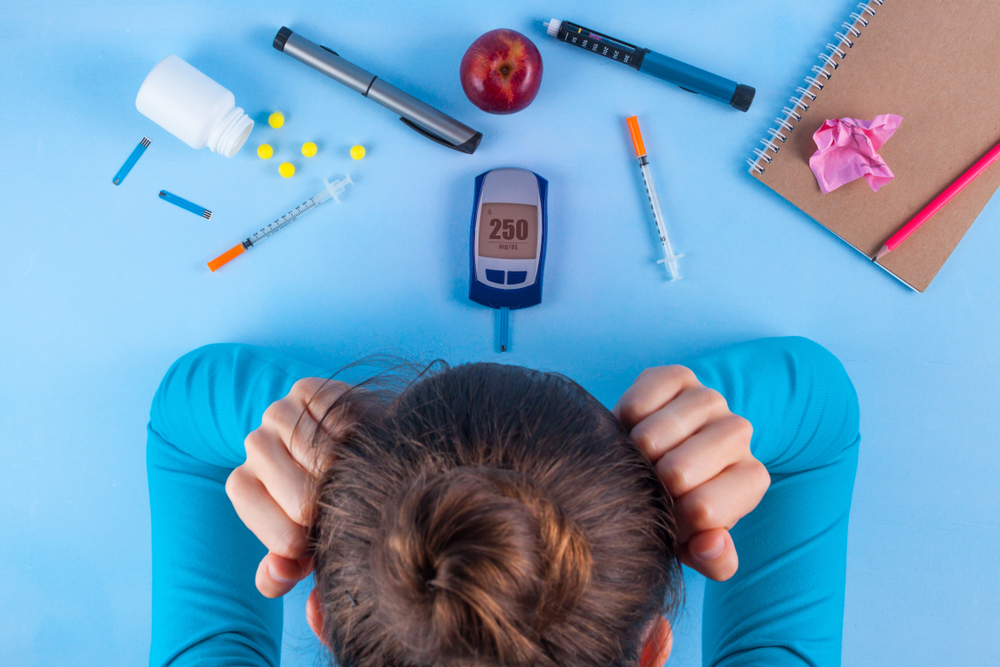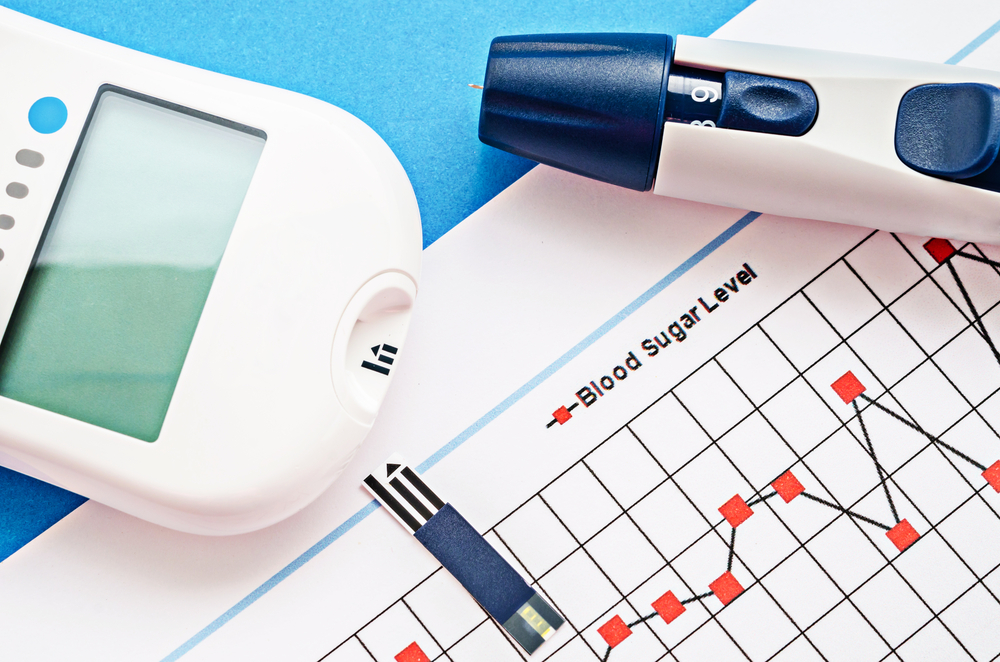"I Collapsed in My Parents' Arms, and at the Hospital, They Were Told I Was in Critical Condition"
What does a girl with type 1 diabetes experience when her parents insist on keeping her condition a secret, and how does her life look now that she's married and a mother? Tamara Leventhal shares her unique story.
 Tamara Leventhal
Tamara Leventhal"I don't remember my life without diabetes," says Tamara Leventhal. Now 31, she's been living with type 1 diabetes since she was five, and it has never left her side.
She's a mother of two, holds two degrees, and currently manages a clothing store for one of Zara's groups. Additionally, she runs the summer camp for the diabetes association every year, allowing children to leave home for five days with medical staff and counselors who are also diabetic, providing full medical support 24 hours a day.
Diabetes Routine
Tamara doesn't remember the moment her diabetes was discovered, but from her parents' stories, it was very dramatic. "I was five, a slightly chubby girl with chubby cheeks, and suddenly my parents noticed I was losing weight day by day and constantly asking for water. My parents had just immigrated from Russia and hardly spoke Hebrew. My mother was 24, pregnant with my younger sister, and felt like a child herself.
"After a long period of weight loss, my mother took me to a doctor, who said it was probably a throat infection and recommended blood tests. However, it was already past the last moment, and there was no time to wait for results. We returned home that day, and in the middle of the night, I awoke, asked for water, and couldn't sleep. My mother tried to bathe me and then noticed my extreme thinness and that I was barely responsive. I lost consciousness in her arms, and my father immediately called an ambulance and took me to the hospital.
"My mom stayed home as it was just days after my sister's birth," Tamara adds. "Shortly after, she received a distressing phone call: 'Are you Tamara's mother?' Followed quickly by, 'You must come to the hospital; your daughter is in intensive care.' My mom called my grandmother to watch the baby, and upon arriving at the hospital, she was told I was in grave danger with a blood sugar level of 1200, which is almost unheard of, meaning my condition was extremely serious."
Tamara notes that her parents struggled to understand due to the language barrier, initially refusing to sign treatment forms. "Only after the situation was explained did they sign the necessary documents, and I began receiving the required treatment. Within three days, I felt much better, and my mom says that on the third day, my first request was: 'I want to eat.'
"My mom always says that in that week, she gave birth to two daughters, as the discovery of diabetes felt like a new birth, a completely different reality from what she had known until then."
How did you cope with diabetes as a child?
"I am now very accepting of my diabetes, but as a child, it was not easy at all. There were many things I was denied, and I had an immense fear of needles that never left me. Despite needing insulin several times a day, I didn't dare inject myself. An adult always had to administer it. The first time I injected myself was at age 20, only when I had no choice. I remember many arguments with my parents, who tried to teach me to inject. Just the thought made me break out in a cold sweat, and I simply couldn't..."
 (Photo: Shutterstock)
(Photo: Shutterstock)There was also the logistical challenge. "When I was a child, there wasn't much awareness of diabetes, and schools weren't required to have aides for such children. In kindergarten, my parents were called to assist me about every two days, and usually, an ambulance was called once a week. Later, my parents accompanied me on school trips, which was not easy for a teenager wanting some independence."
A turning point Tamara remembers was the invention of the insulin pump, and she was among the first to receive one. "The pump solved many problems for me because I no longer needed to inject insulin, and all the treatment was done automatically."
Embracing the Condition
Tamara has tough memories from her early years with the condition: "I was hospitalized often, sometimes due to low sugar and sometimes because it was high, receiving infusions and treatments during days without the smart devices and pumps that today monitor insulin levels accurately and administer medication directly. It's incredible how much progress has been made in this area recently.
"Over time, my mom learned to quickly identify low sugar episodes, as I tended to become confused. She could, for example, ready my sister and me for school, asking, 'Bring a comb and we'll fix your hair,' and if I brought a fork, she immediately understood I was having an episode and hurried to treat the low sugar."
 (Photo: Shutterstock)
(Photo: Shutterstock)But the most significant challenge, according to Tamara, was that the condition was kept secret. "My parents avoided talking about diabetes, always hoping for a cure, trying numerous diets, alternative medicines, and treatments. Now, as a mother, I understand my parents' desire to do everything so that the condition wouldn't be a lifelong companion, but eventually, they woke up from the dream after a department head at Schneider told them: 'Let her be, no matter what you do, this is her condition and she will have to learn to cope with it. We have tools that allow controlling the condition, which is what matters.'"
When did you start sharing your experiences with friends?
"My friends knew from kindergarten that 'Tamara is allowed to eat, drink, and even go to the bathroom during class.' It was clear, although no one knew why, and when teachers not familiar with me commented about my water bottle on the desk, everyone would protest: 'Teacher, Tamara is allowed!' It wasn't until fourth grade that I started sharing, and I noticed that the more I revealed, the more my friends would ask questions and show interest, which greatly relieved me. To the extent that during a class trip in ninth grade, I had a good friend volunteer to inject me with insulin and accompany me. That way, my mom could finally be freed from the burdensome role of chaperone on trips and let me travel alone."
In high school, Tamara openly talked about her condition from the start, marking the period when her extended family became more aware of it. "Until then, not even my aunts and cousins knew, as my parents preferred I didn't share. But once it became known, I felt like a years-long burden had lifted."
Tamara admits she had concerns about her future, worrying about finding a partner, fearing the condition might deter someone. "Every time something serious came up, I wondered when and how to disclose it, but I didn't believe it would happen so quickly.
"Once, when I was seeing someone who seemed very promising, I asked after the first date that we each reveal something the other didn't know. He told me something trivial, while I disclosed my diabetes. The date ended shortly after, and that guy is now my husband. Later, he told me that after that date, he went home, researched online, and was greatly reassured, realizing that while it's a condition requiring lifelong treatment, you can live happily with it, and it doesn't prevent you from doing anything."
Tamara and her husband have been married for eight years, are parents to two children, and run a happy and joyful home. Tamara emphasizes the importance of telling her story so people understand that it's possible to live fully with diabetes, without giving up on anything. "I meet children at the diabetes association's summer camps and I share my story with them, so they gain strength and understand they can live with the condition, embrace it, and not fear the challenges along the way."

